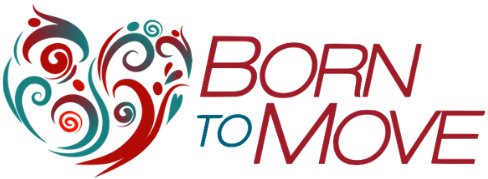Dancing Keeps Your Mind Sharp
“Dancing frequently had a 76% protection against dementia followed by solving crossword puzzles at least 4x a week coming in at 47%”
A landmark New England Journal of Medicine 21 year study found dancing the best activity to ward off dementia and increase mental sharpness. It garnered a lot of attention.
Dance beat golf, crossword puzzles and playing a musical instrument; in fact it beat every other activity in the study for its protective effects on our brains..
Here are key highlights and a bit of interesting info from a subsequent article by Richard Powers:
In general, people with high levels of leisure activities had the best protection against dementia— if you’re busy and engaged, don’t kick yourself for not getting to dance class. Basically it’s the “use it or lose it” theory. If you’re using it you’re not losing it.
YET, when the study broke down leisure into 11 different activities
“Dancing frequently” had a 76% protection against dementia followed by “Solving crossword puzzles at least 4x a week” coming in at 47% .
WOWZA!! Right?
But why? AND, what kind of dancing?
Not only does movement integrate several brain functions at once it gives us the complexity needed to stimulate new neural pathways.
And that is super important.
An analogy by Richard Powers suggests we add stepping stones into the creek. So when a stone is removed (natural aging process) you have lots of paths to get where you need to go - like finding a word you are mentally searching for.
And guess what dancing role had the biggest effect?
Following! Or what we think of traditionally as women’s role in partner social dance. Although this surprised me, it makes sense. The following-partners are actually “interpreting signals and making split-second decisions” to keep up. Awesome. Brain. Fitness.
In Nia we refer to that as Agility - one of our 5 fitness sensations.
Which brings me back to Nia. :-)
Nia is designed for mental agility. Even though it is based on 52 foundational moves for a full range of fitness, the combination of those moves is endless.
Each class you are required to tune in and make split second adjustments.
And sorry to break it to you seasoned Nia pros. The newest and least experienced students can get the best protective effects.
But even experienced students can increase complexity by adding movement such as: crossing mid-line or getting two punches in to each musical beat for my one or slowing to half my time. Give yourself permission to play with the template of the teacher’s choreo; Anything to challenge your brain to concentrate, make split decisions…. and to JOYFULLY MESS UP…..often.
I feel the need to include this plea, since many of us live in a world that represses or even criticizes any expression through movement. Don’t give up on yourself too soon if you enjoy moving along but find the patterns challenge you. A recent student told me: “I am having so much fun but I feel like a bit of an idiot!”. If that is you: You are layin’ down new tracks, my friend and your future self will thank you. Moving to rhythm and sound is part of being human. Our brains are wired for it.
So, if you find choreo a challenge - for whatever reason - put that judgy part of you aside because you are rockin’ the protective effects that diminish your chances of dementia. Go you!
And a final word, during social isolation. Some effects of group dynamics are diminished, but keeping your mind sharp is still a great benefit even if you are on your own.
And the privacy of your own space can be your chance to adapt, learn and PLAY a bit more freely.
Check out the Born to Move Schedule to find a virtual or in-person way to dance with us. 5 classes a week: https://www.borntomove.ca/schedule
PLUS don’t miss a blog post. Sign up with your email below.
Sources:

